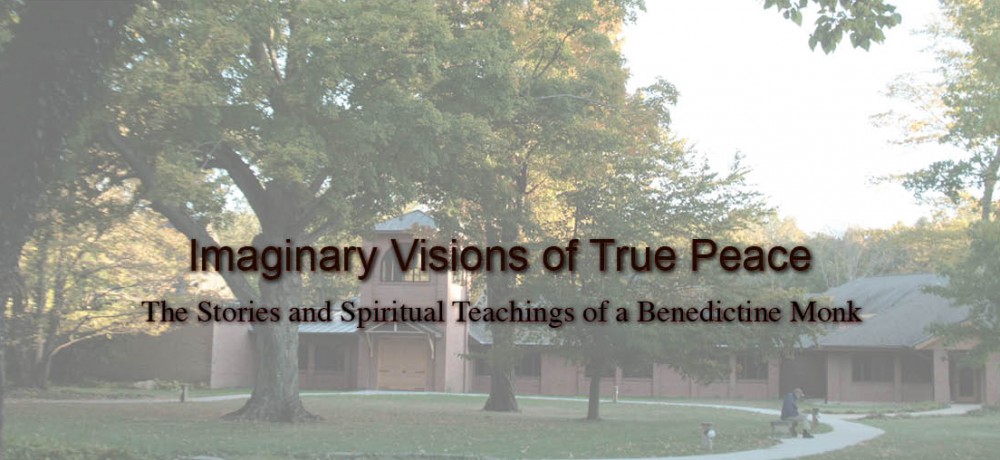 The introduction to the Parable of the Unjust Judge tells us that we should keep on praying and never give up. At the end of the parable, Jesus tells us that we should keep on praying even when our prayers go unanswered for so long that we think we are praying to one who does not care and perhaps is not even just.
The introduction to the Parable of the Unjust Judge tells us that we should keep on praying and never give up. At the end of the parable, Jesus tells us that we should keep on praying even when our prayers go unanswered for so long that we think we are praying to one who does not care and perhaps is not even just.
It happens that in life, nagging and nagging is often the only way to get justice, or what we think is justice. There are some people who are eager to help and will hop to a request as soon as it is spoken, but many people are rather slow to do what is asked of them, and many people have vested interests in denying pleas for justice. These are the people who have more power than others and they usually use that power to take advantage of those who are weaker. Do the people with power take an initiative in renouncing their power for the benefit of others? Do people with power renounce it when politely requested to do so? We all know that doesn’t happen very often. Even in the top-down case of Czar Alexander II freeing the serfs in Russia, the class structure in Russia didn’t change very much.
Most of us instinctively identify with the widow who is trying to get justice. As widows, we expect that God’s granting of justice involves God strong-arming the unjust judges of the world until all of us widows get our rights. But that is not what happened with Jesus. Far from dismantling the unjust rule of the Romans, Jesus himself was condemned to death by the unjust judges among the Jewish leaders, the Roman governor, and the rest of us in the crowd. As the culmination of the persecuted prophets, Jesus reveals God to be the widow who is pleading with us, for justice.
That is. we are the unjust judges. Even people with little power overall tend to be unjust judges over those (such as children) who have even less power. This portrait of humanity raises the question as to whether it is God who delays justice. If humans act unjustly and delay justice to the point that injustice is a longstanding epidemic, then God could have been working overtime since the dawn of civilization and still have no hope of keeping up with the injustice.
Jesus as the crucified widow who died at our hands, the unjust judges, is not what we were looking for when we thought of ourselves as widows. But that is what we got. Not only that, but we also got the resurrected widow who still pleads for justice without ceasing. As the resurrected widow, Jesus has offered us, the unjust judges, forgiveness and the offer to enter into the kingship of Jesus. The parable suggests that we enter as importunate widows who plead with forgiveness and love for the unjust judges as some of our greatest leaders have done, leaders such as Mahatma Gandhi, Martin Luther King, Jr. and Desmond Tutu. But we also enter the kingship of Heaven as repentant unjust judges. In the parable, the Unjust Judge only relents because he is more miserable from being hassled by the widow than he is with any power he might lose by giving her justice. But at least the Unjust Judge finally does the right thing, even if his motives are as selfish as those of the Dishonest Steward in the earlier parable. (Lk. 16: 10–13) Maybe if we start to do the right thing, however grudgingly, we might find that doing the right thing, of granting justice to those weaker than we, isn’t so bad after all. Maybe giving justice can become a habit.
What does this parable teach us about prayer? It surely teaches us to pray constantly like the importunate widow, and to thirst for justice, as the Sermon on the Mount would have us do. However, we are not praying to a strong man who will manhandle the bad guys for us. (We would be among those so manhandled in that case.) We are praying with God the Crucified and Risen Widow who offers us freedom from our own injustice so that we can spread justice to others with a burning desire.
See also Jesus the Helpless Widow for another post developing the same ideas with a different slant or two.

